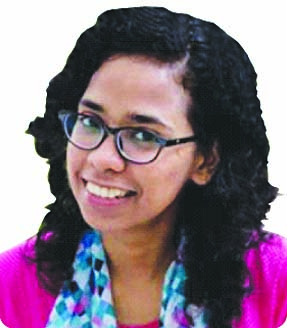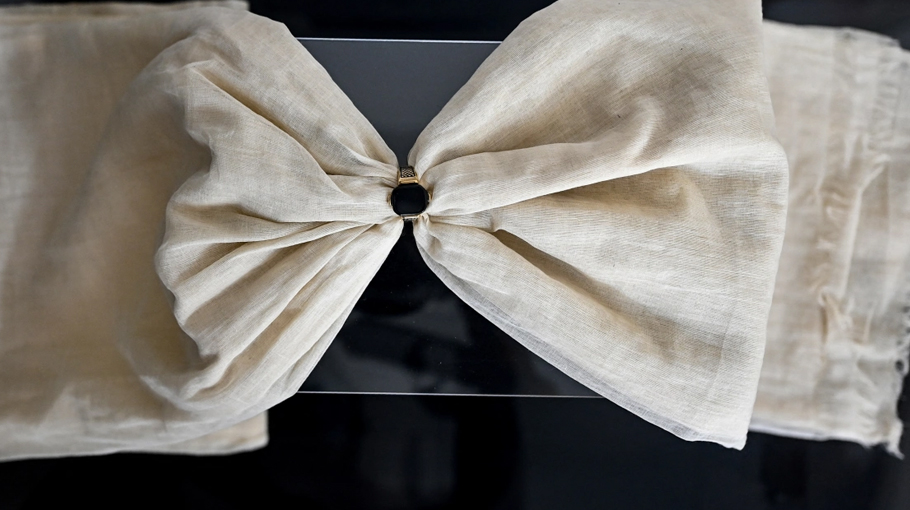Efforts to revive glorious Dhakai Muslin

The Dhakai muslin, cloth adorned with exquisite beauty, colors and art, had once caused a great stir all over the world.
The muslin cloth was stitched from threads so finely that an entire saree could pass through a finger ring.
The finely woven muslin cloth was worn and appreciated by Mughal rulers and European aristocrats.
A project was undertaken by the government of Bangladesh a few years ago to find out the technology of making muslin yarn and cloth and reviving the lost art.
The first phase of the project titled ‘Reviving the Technology of Muslin Golden Heritage of Bangladesh’ began in 2017 and the second phase of the project is going on at present.
The project worth Tk 121 million is being implemented by Bangladesh Handloom Board (BHB) under the Ministry of Textiles and Jute.
The research activities of the project were officially inaugurated by Prime Minister Sheikh Hasina on November 1, 2018.
During the ancient and medieval periods, Dhaka was the center of weaving in Asia. The village of muslin industry was formed centering Sonargaon, not far from Dhaka. In the year 1747, Dhakai
muslin worth Tk 28.50 lakh was exported, according to the concerned officials of the project.
They further mentioned that the task of reviving Dhakai muslin, lost since almost 200 years ago, was not at all easy. Through research, the recovery of Dhaka muslin can be considered a remarkable achievement.
Md Ayub Ali, Chief (Planning and Implementation) at Bangladesh Handloom Board and director of this project, told Bangladesh Post, “Muslin cloth is made from Phuti carpus cotton. Therefore, we started looking for this rare and supposedly extinct cotton plant. The morphological sketch of Phuti carpus cotton was made according to the description of Carl Linnaeus’s book Species Plantarum and the details obtained in history.”
He mentioned that the research team carried out searches all over the country, especially in Kapasia of Gazipur, Bagerhat sadar, Mughalhat of Lalmonirhat; Dimla of Nilphamari, Kapasia of Rajshahi, Rangpur Germplasm Center of Manda and Cotton Development Board, in Naogaon for Phuti carpus cotton.
“Around 39 samples of cotton and Germplasm were collected from the mentioned places and the kinds of cotton were cultivated. Six varieties were identified from 39 collected samples. One of them was identified as Phuti carpus,” he went on to describe.
Dhakai Muslin House has already been established at Tarabo in Rupganj upazila in the outskirts of Dhaka. Spinners and weavers are being trained there and the production of muslin cloth has already started there, Ayub Ali added.




